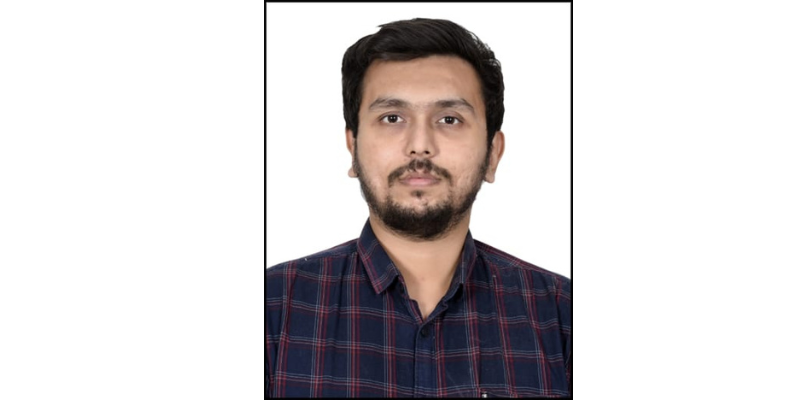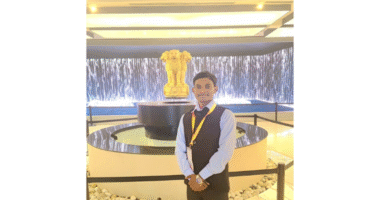By Dr. Devansh P. Desai
Silver Oak University
Ahmedabad, Gujarat: Every time a rocket lifts off, it carries more than satellites and instruments — it carries the hopes of millions of young dreamers. Across India, the awe inspired by Chandrayaan and Aditya missions is finding a new home in classrooms and laboratories, where space science education is transforming the way students think, learn, and innovate.
Today, space science represents much more than a study of the skies. It is a fusion of physics, mathematics, engineering, and computer science, teaching students to connect theoretical concepts with real-world applications. By solving challenges related to satellite technology, data analytics, and artificial intelligence, learners are discovering the power of curiosity-driven education.
The vision of the National Education Policy (NEP) 2020 has accelerated this shift, emphasizing interdisciplinary learning and hands-on research. Through partnerships with organizations such as ISRO, IN-SPACe, and GUJCOST, universities are offering UG and PG students a chance to participate in authentic space research projects — from remote sensing and Earth observation to AI-based innovation. These initiatives bridge the gap between academic study and national development goals.
“Space science is not just about exploring the universe — it’s about expanding the boundaries of our thinking,” says Dr. Devansh P. Desai of Silver Oak University. “By involving students in active research, we’re helping them transform imagination into innovation and passion into purpose.”
As India continues to make global strides in space exploration, its universities are nurturing the next generation of visionaries who will lead the country into a new era of scientific achievement. Through space science education, students are not only learning about the cosmos — they’re learning to believe that the universe is within their reach.









